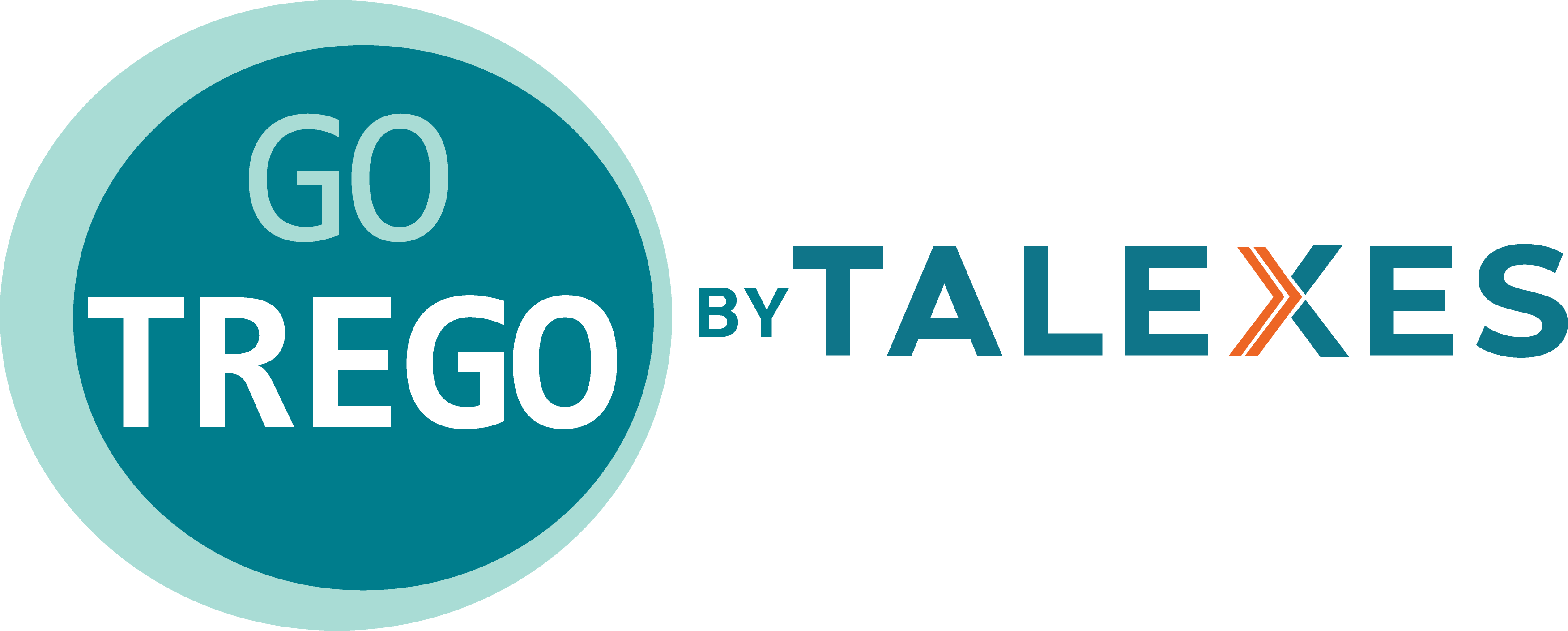In today’s fast-paced business world, a skilled workforce is key to an organization’s success. As industries shift and technology evolves, the required skills within a company change too. Identifying and addressing these skill gaps is essential for staying competitive and ensuring long-term growth. Here are nine strategies for effectively closing skill gaps through targeted assessments and training:
1. Recognizing the Significance of Skill Gaps Skill gaps arise when there is a mismatch between the skills employees have and the skills needed for their roles. When employees lack essential skills, productivity can suffer. Organizations that proactively address skill gaps can quickly adapt to industry changes and new technologies. Additionally, investing in employee skill development boosts morale and job satisfaction, which can lead to lower turnover rates.
2. Conducting Thorough Skill Assessments The first step in closing skill gaps is to conduct detailed skill assessments. These evaluations should measure employees’ current skills and identify the skills needed for their current and future roles. By comparing existing skills with those required, organizations can pinpoint areas that need improvement, laying the groundwork for effective training programs.
3. Leveraging Technology for Skill Evaluation Technology can greatly improve the accuracy and efficiency of skill assessments. Automated tools can streamline the assessment process, providing real-time data and immediate feedback on skill levels. These tools can also track employees’ progress over time, making the assessment process more effective and responsive.
4. Designing Tailored Training Programs Customized training programs are more impactful because they focus on the specific skills that need enhancement. By adapting to various learning styles—whether visual, auditory, or hands-on—customized training keeps employees engaged and motivated. Tailoring training to individual needs ensures that it is relevant and produces lasting results.
5. Embracing Blended Learning Techniques A blended learning approach, combining online and in-person training, can be particularly effective. This method offers flexibility, allowing employees to learn at their own pace, and variety, catering to different learning preferences. Additionally, blended learning is cost-effective, minimizing the need for travel and extensive in-person sessions.
6. Promoting a Culture of Continuous Learning Organizations should foster an environment where continuous learning is encouraged. This can be done by supporting further education and certifications, providing resources for self-directed learning, and promoting a feedback-rich culture where employees can identify areas for improvement. Continuous learning ensures that skill development is an ongoing part of work life.
7. Evaluating Training Effectiveness To ensure that training programs are effectively closing skill gaps, it’s important to measure their impact. This can be done by tracking key performance indicators (KPIs) to monitor improvements in job performance, conducting post-training assessments to evaluate newly acquired skills, and gathering employee feedback to refine and improve training programs.
8. Preparing for Future Skill Requirements Staying ahead of industry trends is crucial for anticipating future skill needs. Companies should focus on forecasting future trends and encouraging innovation by fostering an environment where employees are motivated to develop new skills. Preparing for future skill needs ensures that the workforce remains relevant and ready for new challenges.
9. Tapping into External Expertise Sometimes, organizations need external expertise to effectively address skill gaps. Partnering with external training providers, industry experts, and educational institutions can bring in new perspectives and ideas. These partnerships also expand learning opportunities by offering access to a broader range of training programs and resources.
Conclusion: Closing skill gaps through targeted assessments and training is vital for organizations aiming to stay competitive in a rapidly changing business environment. By recognizing skill deficiencies, utilizing technology, designing customized training programs, and fostering a culture of continuous learning, companies can equip their workforce to meet current and future challenges. Investing in employee skill development not only enhances productivity and competitiveness but also leads to higher employee satisfaction and retention, ultimately driving long-term success.





